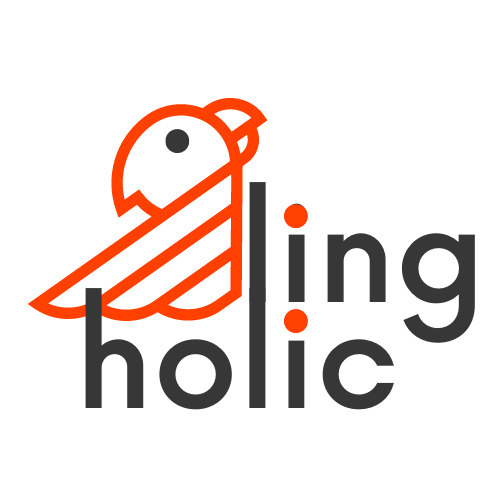Hello, Hola, Bonjour, Konnichiwa, and Assalamu Alaikum! No matter which language you’re interested in, a good learning app can be a key tool in expanding your vocabulary and deepening your grasp of the cultural nuances and etiquette of a place.
I’ve tested a range of apps and courses to master Arabic, discovering that while the effectiveness can differ based on the language you choose, I’ve found some favorites that stand out.
Key Takeaways
1. Babbel
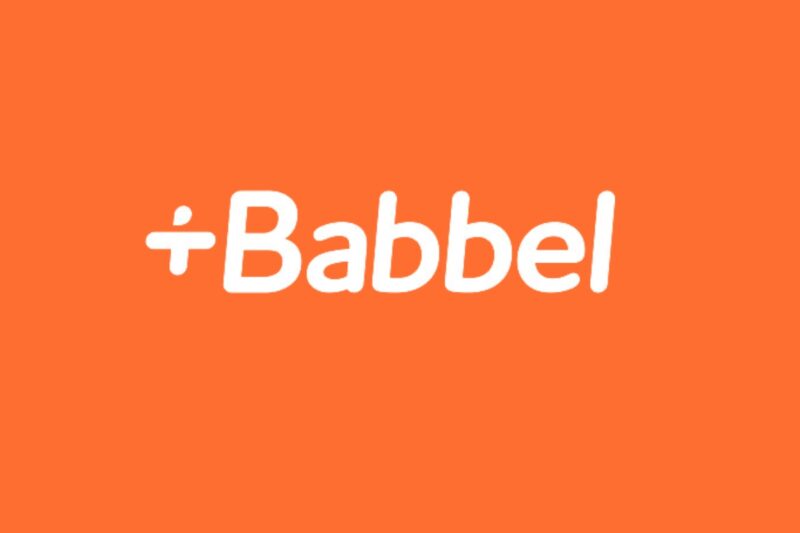
Babbel offers a great approach to language learning, covering grammar fundamentals such as vowel and consonant pronunciation and progressing to conversational practice in familiar situations.
The platform is distinguished by its customizable course selection, fill-in-the-blank conversation exercises, and cultural insights. It effectively integrates grammar instruction within practice sessions for a more profound understanding.
Babbel’s diverse learning tools include podcasts, games, and the option for live online classes with teachers, though the latter comes at a higher cost. The course difficulty gradually increases, incorporating spaced repetition for effective learning reinforcement.
The main drawback is the limited scope of the free trial, which provides only one lesson per language. Some content may feel uninspiring and repetitive.
Unlike some competitors, Babbel does not employ gamification, which might affect user engagement. Users might experience challenges with the speech recognition feature, particularly in achieving accurate pronunciation.
Subscription plans are priced at:
- $15 monthly
- $38 for three months
- $67 for six months, $89 annually
- $349 for a lifetime access.
For unlimited access to Babbel Live classes, prices are:
- $99 monthly
- $209 for three months
- $359 for six months
- $599 annually.
2. Memrise
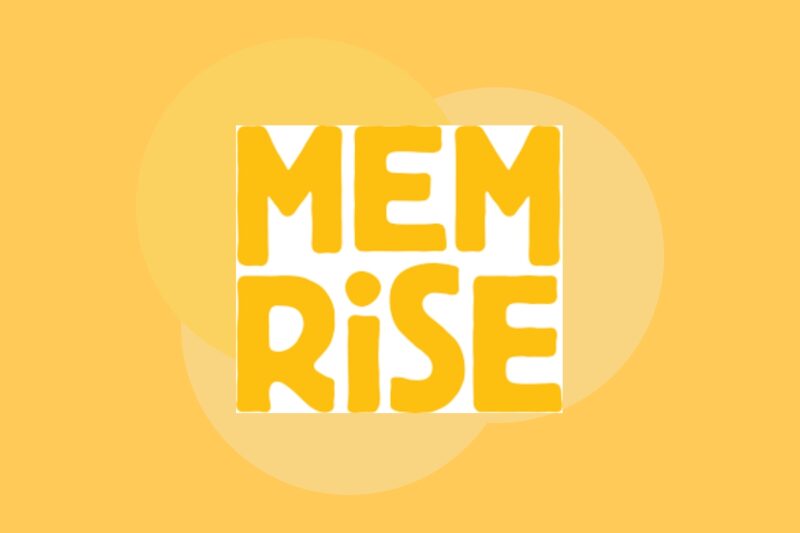
Memrise specializes in vocabulary acquisition and everyday conversational skills useful for travelers. Its Android application is user-friendly, employing a flashcard system with spaced repetition for effective memorization of words and phrases. It also offers grammar lessons and speech-recognition exercises that are quite lenient.
A standout feature is the Learning With Locals video clips, showcasing native speakers, which mimics the experience of being abroad. The app allows for goal setting, offers quick lessons, incorporates elements of gamification, and encourages regular use.
The free version provides substantial value, enhanced by community-contributed content. For those hesitant to engage in real conversations, Memrise offers a GPT-powered chatbot, MemBot, for conversation practice, available with a subscription.
Memrise primarily focuses on vocabulary, and its web app does not match the mobile app’s quality. The activities can become monotonous, and there’s a lack of thorough explanations, making it less suitable for advanced learners. The quality of user-generated content is inconsistent. The free version covers basics, but a Pro account unlocks additional features and offline access.
I tried learning Arabic using the app, attracted by its user-friendly design and the promise of building conversational skills. The app’s flashcard system and spaced repetition were initially effective for memorizing basic vocabulary. I particularly appreciated the Learning With Locals feature, which provided real-life context by showcasing native speakers.
Memrise offers a free tier.
Memrise Pro is available for
- $15 monthly
- $90 yearly,
- $200 for lifetime access.
3. Busuu
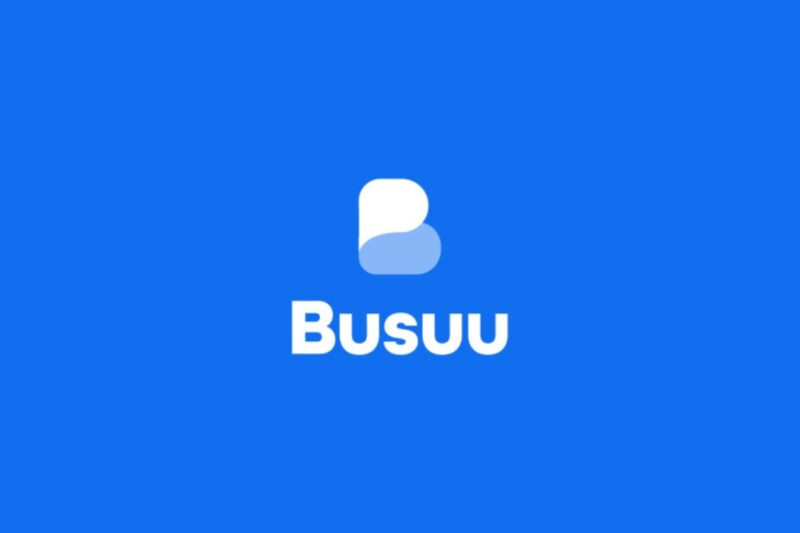
Busuu provides a structured approach to learning languages with a combination of flashcards, grammar exercises, and casual conversation practice, all organized in chapters based on real-life situations. The platform is well-designed and user-friendly.
I particularly enjoyed the short conversation videos, but the most valuable feature is definitely the user review system. It connects you with native speakers who review and give feedback on your work, allowing for a helpful exchange.
Adding friends within the app creates a community feel and offers insights you might not get elsewhere. Busuu also offers live group or one-on-one lessons.
The app offers 14 different languages, but the quality seems to vary. Some typing exercises felt repetitive, and the feedback quality from user reviews was inconsistent.
The basic version is free and covers fundamental lessons for one language, but upgrading to the Premium plan is necessary to remove ads, access additional content, get AI-enhanced reviews, receive priority in community feedback, and earn certificates.
Busuu’s basic service is free.
Live lessons cost starting from $13 each.
For the Premium plan:
- $14 a month
- $51 for six months
- $83 for a year.
4. Duolingo
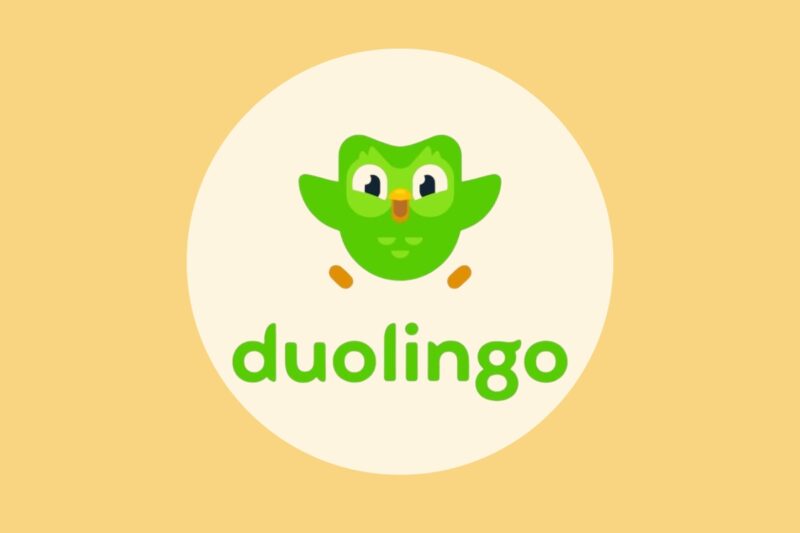
Duolingo is among the most popular free language learning apps, thanks to its expert use of gamification that turns language practice into an addictive activity. It’s straightforward to use, visually appealing, and engaging, ensuring you’ll be keen to maintain your daily streak.
The app divides learning into topic-based modules, requiring completion of several lessons to access further content. It includes a variety of social and grammatical scenarios, supplemented with helpful tips, diverse learning methods like stories and puzzles, and insights into frequent errors.
Recently, Duolingo introduced a GPT-powered chatbot for more interactive practice, though this feature comes with the pricier Max subscription.
Despite broadening its approach to include podcasts and stories alongside traditional exercises, Duolingo’s offerings in speaking and listening remain limited, and it won’t bring you to fluency by itself. The free version is quite comprehensive but includes advertisements.
The gamification aspect may add pressure, with a daily limit of five hearts, which decrease with mistakes. However, subscribing to Duolingo Plus removes these restrictions and ads, and enables offline learning. The app also offers optional in-app purchases, but all essential content is accessible without cost.
Duolingo is available for free.
The Super Duolingo subscription costs
- $13 monthly
- $84 annually
And there’s a Family Plan for up to five users at $120 annually.
Duolingo Max, offering advanced features, is priced at:
- $30 monthly
- $168 annually.
5. Lingoda
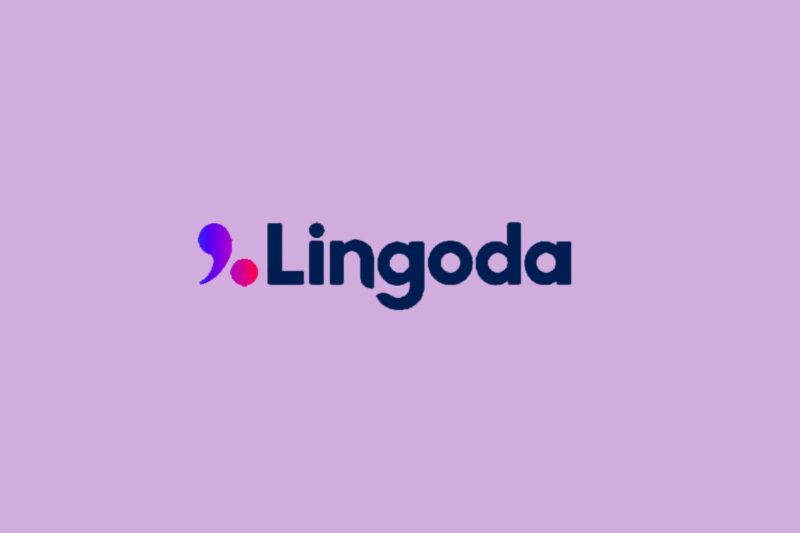
Lingoda provides online language classes via Zoom, making it convenient for those who can’t find local classes or fit them into their schedule. With Lingoda, you have the option to learn in small groups of up to five people or choose individual sessions for a more personalized experience.
Classes need to be purchased in packages, and you receive materials to help you prepare for and review after your lessons.
You can assess your proficiency level through a test, select from various teachers, and schedule classes that fit your timetable, benefiting from the around-the-clock availability due to different time zones.
Lingoda’s real draw is the opportunity for live interaction and direct feedback from experienced language instructors.
However, the cost of live classes can be high, which may not appeal to everyone, especially those who are introverted. The quality of instruction and the dynamic can vary depending on the teacher and the engagement level of other students in the group.
Success in learning greatly depends on the quality of the instructor and the commitment of the participants. Lingoda requires Zoom and a stable internet connection for participation and currently offers courses in English, Business English, French, Spanish, and German.
Pricing for group lessons begins at:
- $76 per month for five classes
- scaling up to $369 for 40 classes.
Private lessons start at:
- $176 for five classes
- with the cost increasing to $756 for 40 classes.
The price may differ based on the language chosen.
Do These Apps Really Work?
Language learning apps can be effective for enhancing language skills but achieving fluency typically requires additional resources. A review by Columbia University highlighted three main limitations of language apps: they often teach vocabulary out of context, provide limited personalization, and lack in-depth corrective feedback.
It’s widely recognized that interaction with native speakers is crucial in learning a second language. Effective language apps should offer opportunities for listening and speaking with native speakers, incorporate real-life situations, narratives, and cultural insights.
While vocabulary apps are beneficial, they should be used in conjunction with other learning methods.
Research on the effectiveness of language learning apps is scarce, but a study by Michigan State University noted that Babbel, in particular, was successful in enhancing grammar, vocabulary, and oral communication skills.
Summary
Language apps are useful for beginners and intermediate learners to establish basic language skills. For minimal language goals like ordering a coffee, these apps can be sufficient.
Achieving fluency requires immersive experiences, such as engaging in conversations with native speakers, classroom learning, and consuming media in the target language.
I’m Ravi Prasad. I am a professional Italian and French translator. I’m currently learning Scottish and how it differentiates from British, and I believe people can benefit from my language learning experiences.
Related Posts:
- Top 5 Books for Learning Spanish Language 2024: Do…
- Top 10 Books for Learning German Language - Improve…
- How to Choose the Right Language Learning Method?
- Introduction to Beginners German - Your First Steps…
- Greetings and Goodbyes to Remember in German Language
- 5 Best Cultural Exchange Programs for Language Learners
